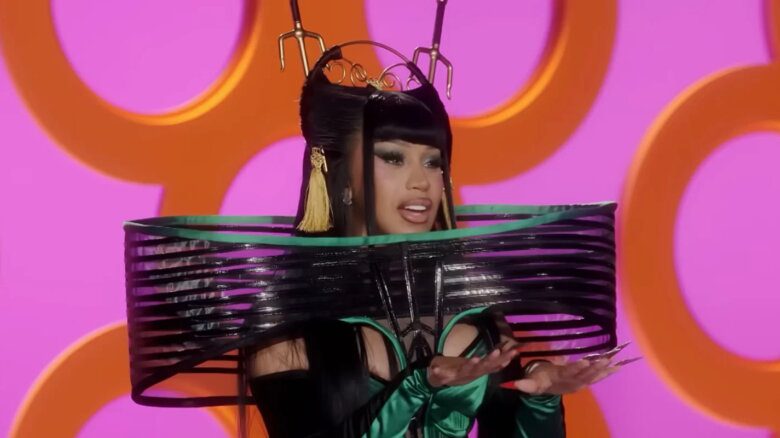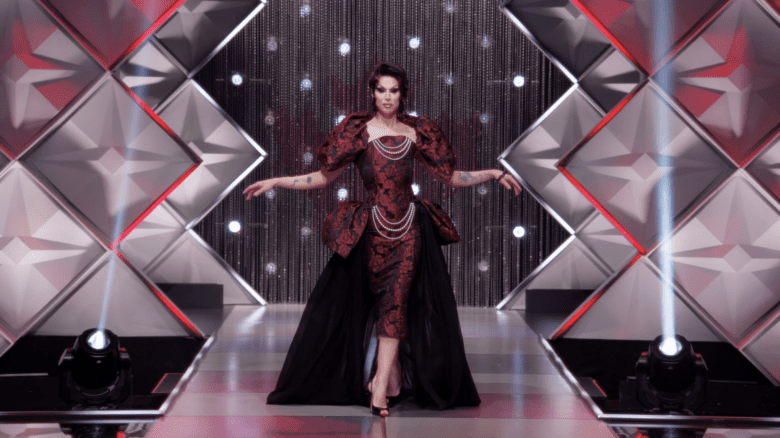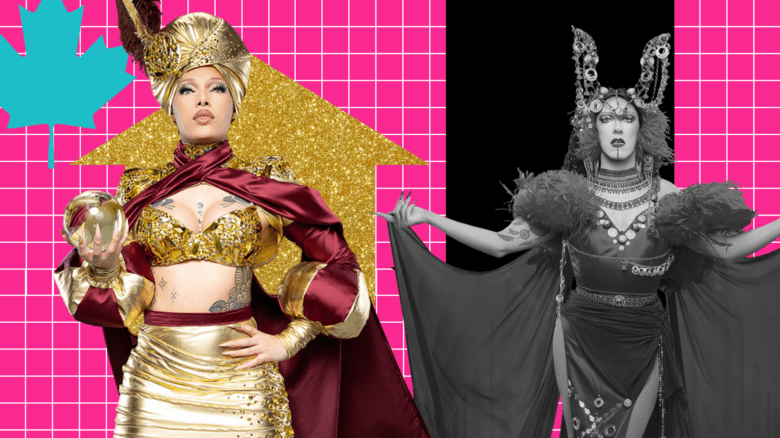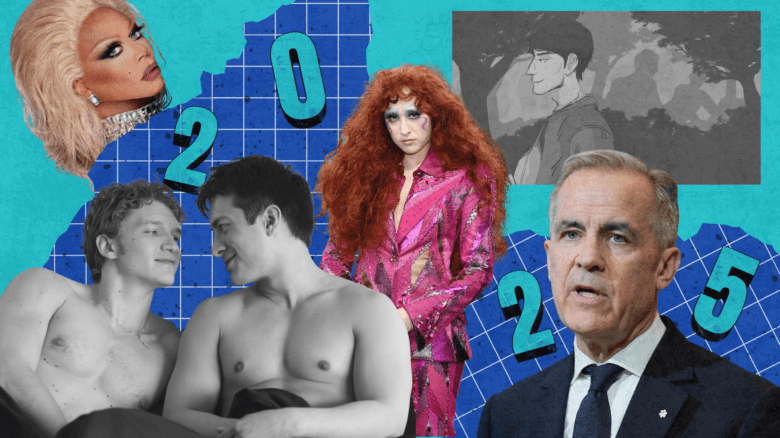Like all dysfunctional family novels, the most important thing is the particular way each family’s failures and excesses unfold.
In Camilla Gibb’s The Petty Details Of So-And-So’s Life, we have Oliver and Elaine, who meet in Montreal in the late ’60s, where they are both trying to escape the suffocating ambitions of their parents. After a brief career as an architect (and two children), Oliver loses sight of the third dimension and they find themselves in Niagara Falls where Elaine works at two jobs and Oliver pursues his true calling as an inventor.
Their two children, Emma and Llewellyn, known as Blue, spend most of their time hiding in the basement seeking refuge from their parent’s fighting. An invented language, an imagined reality and attempts to communicate telepathically create their intense bond. It is a childhood shaped by the constant threat of violence, punctuated by the occasional and usually disastrous family outing.
Oliver eventually leaves his family, and becomes something of a ghostly presence. He literally appears and disappears throughout the novel, but remains the dominant force in the lives of his children; he is what they fear they will become – crazy – and therefore he is the focus of their rage and anxiety as they desperately try to re-invent themselves.
Gibb excels at describing the inner lives of the siblings. The gendered difference in their response to their shared traumatic childhood is textbook accurate; Blue attempts to create himself as a protective, hyper male and Emma simply escapes into a world of books and fantasies of different life.
The descriptions of the truly bizarre behaviours of the parents are bold, if at times utterly implausible. Is it possible that two children would be permitted to travel alone on a bus from Montreal to Niagara Falls in 1974? Or was there a butterfly conservatory in Niagara Falls in the mid-’70s? In the end it doesn’t matter, because the overwhelming message in the novel isn’t about the nature of reality, it’s about the interpretation of reality.
A central theme in the book is about the meaning of family bonds when the most powerful force in the family is mentally ill. When Oliver briefly reappears at Emma’s 18th birthday dinner, “He had ripped into every word she spoke like it was raw red meat. She recalled then what she tried to forget – that things that started out like normal conversations with Oliver tended to end up in some ugly place. Halfway through her potatoes, Oliver was sitting across a sea of smoke and starting to froth at the corners of his mouth. She had to force herself to remember this wasn’t the only place to be. That at another table, with other parents, people listened, and she had something to say.”
Another important theme has to do with the role of the imagination and the ways that we construct reality. Gibb sets up the character of Emma with a desire to be an archeologist, someone who attempts to sift through the remnants and the debris of the past in an effort to reconstruct lost history and create meaning. In many ways the novel is about the tension between the pull of the imagination and the powerful need for a vision of a better future and the inescapable force of what is generally known as reality. As one of the characters points out to Emma, real life and the possibility of happiness resides in the “petty” details.
The novel succeeds when it focusses on the petty details. Toward the end, the canvas gets larger and the plot overheats. The shift from the closely observed characters of Emma, Blue and Oliver to a bigger world is less satisfying. Too many things happen and too many characters appear. Then again, that’s what happens when you grow up.
THE PETTY DETAILS OF SO-AND-SO’S LIFE.
By Camilla Gibb. Doubleday Canada.
328 pages. $32.95.
 Why you can trust Xtra
Why you can trust Xtra


